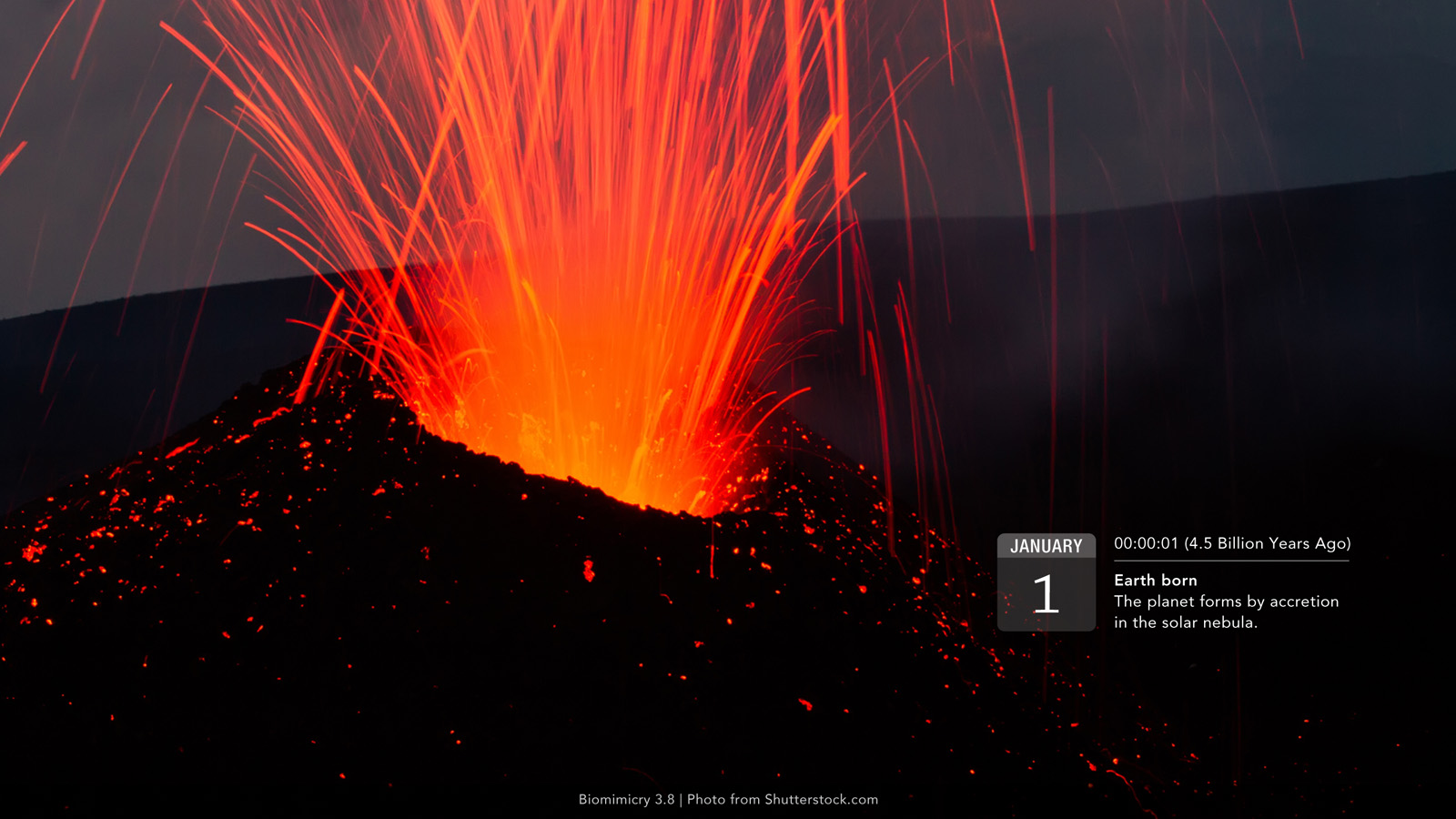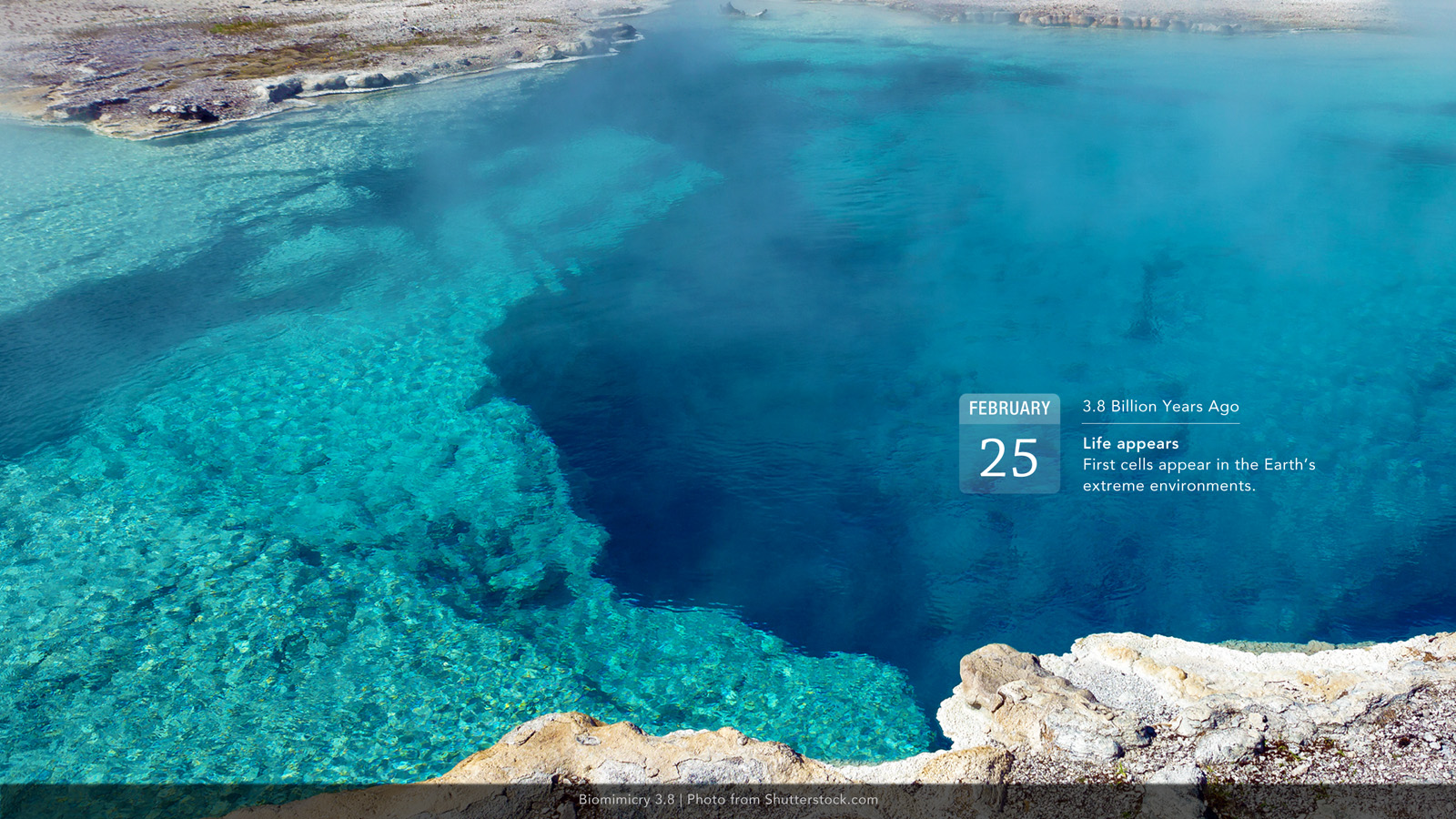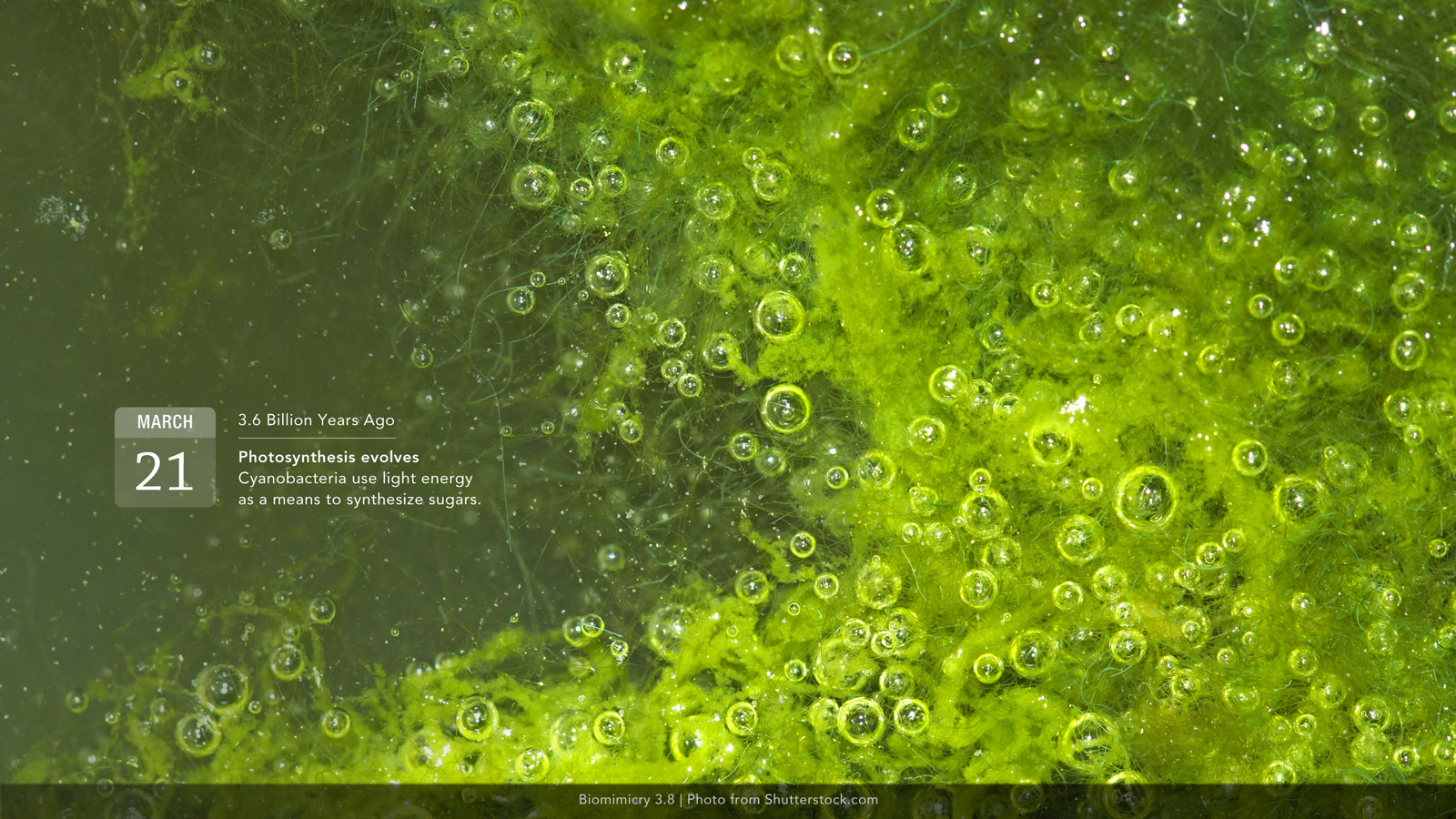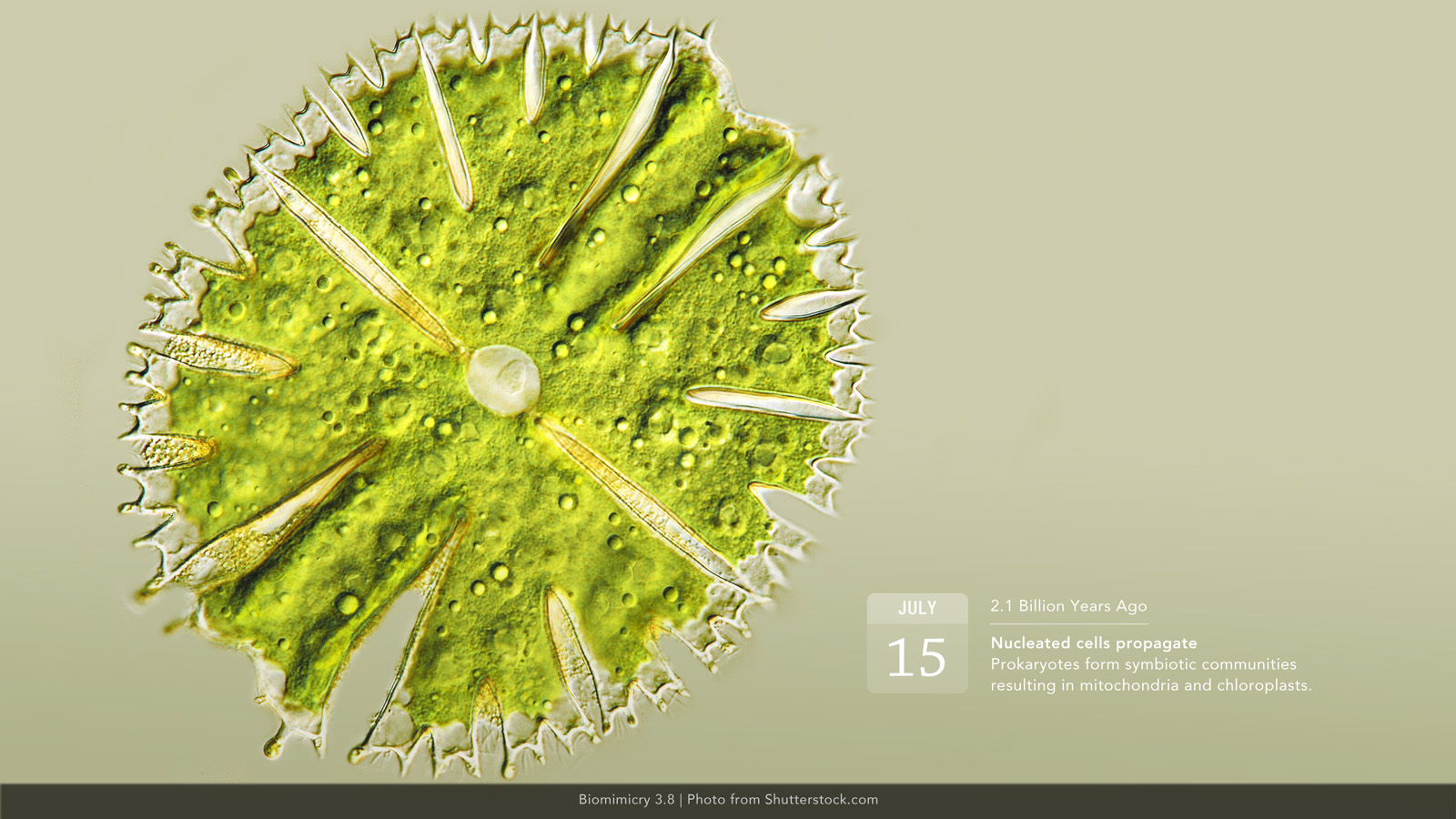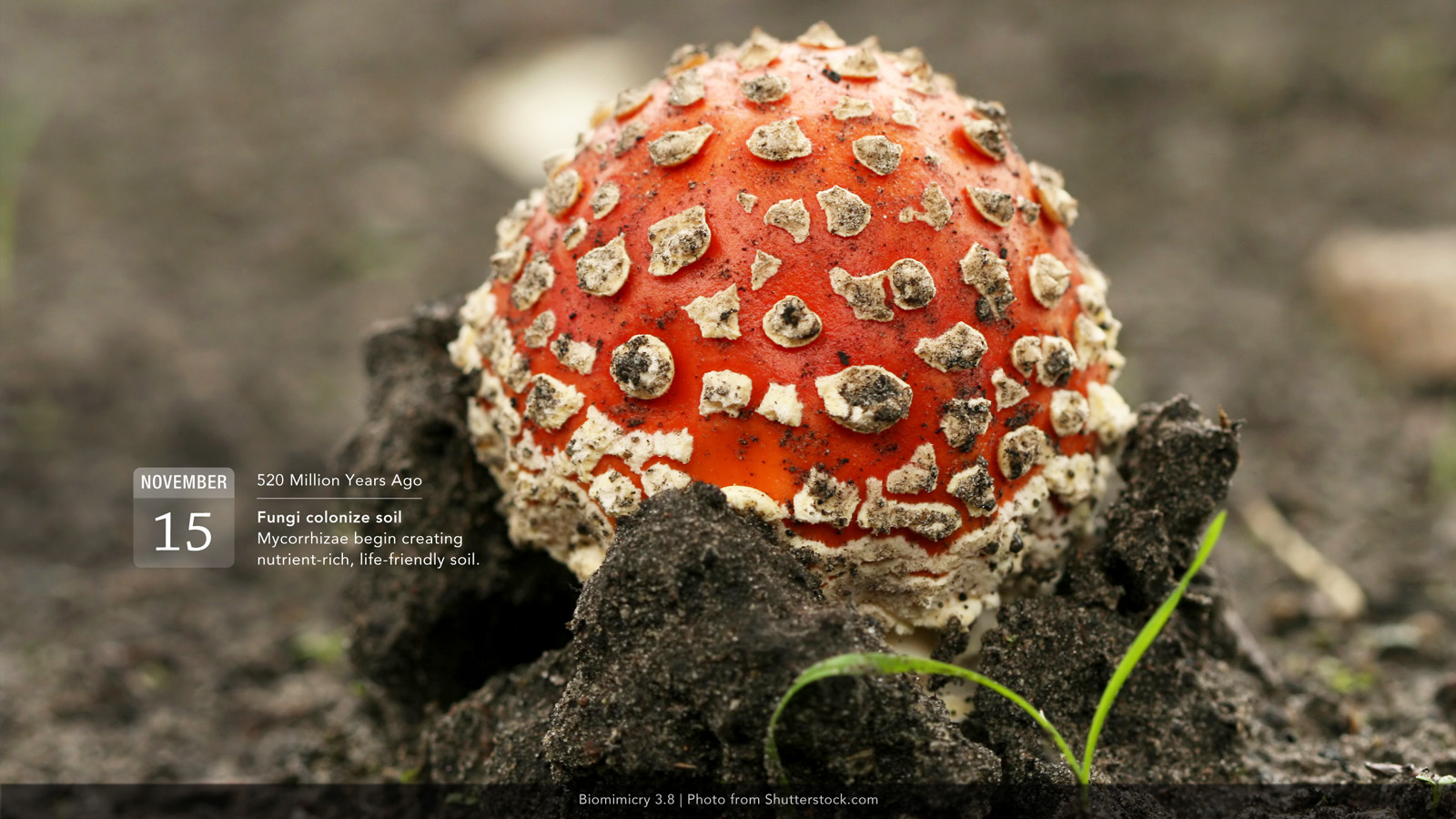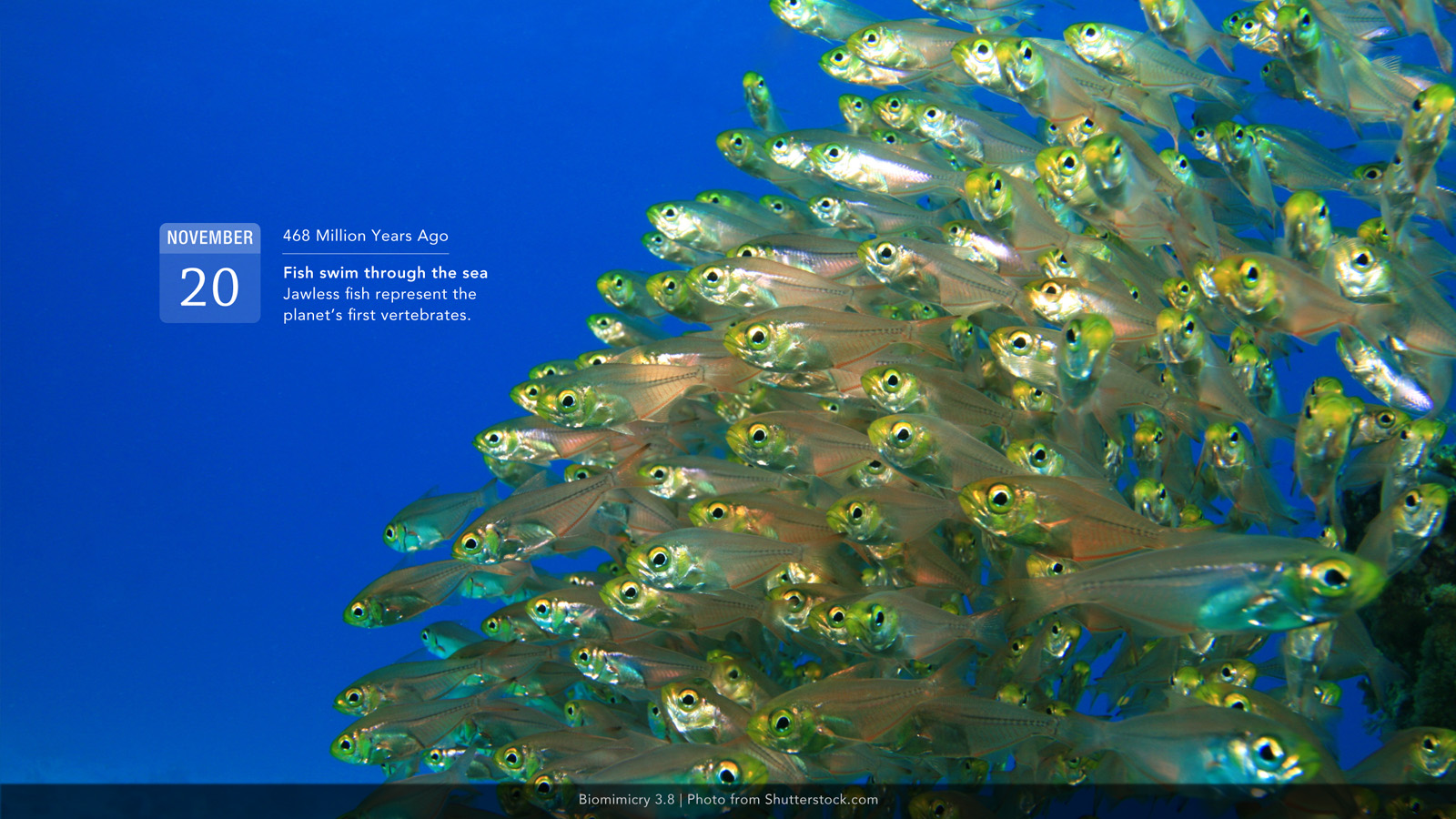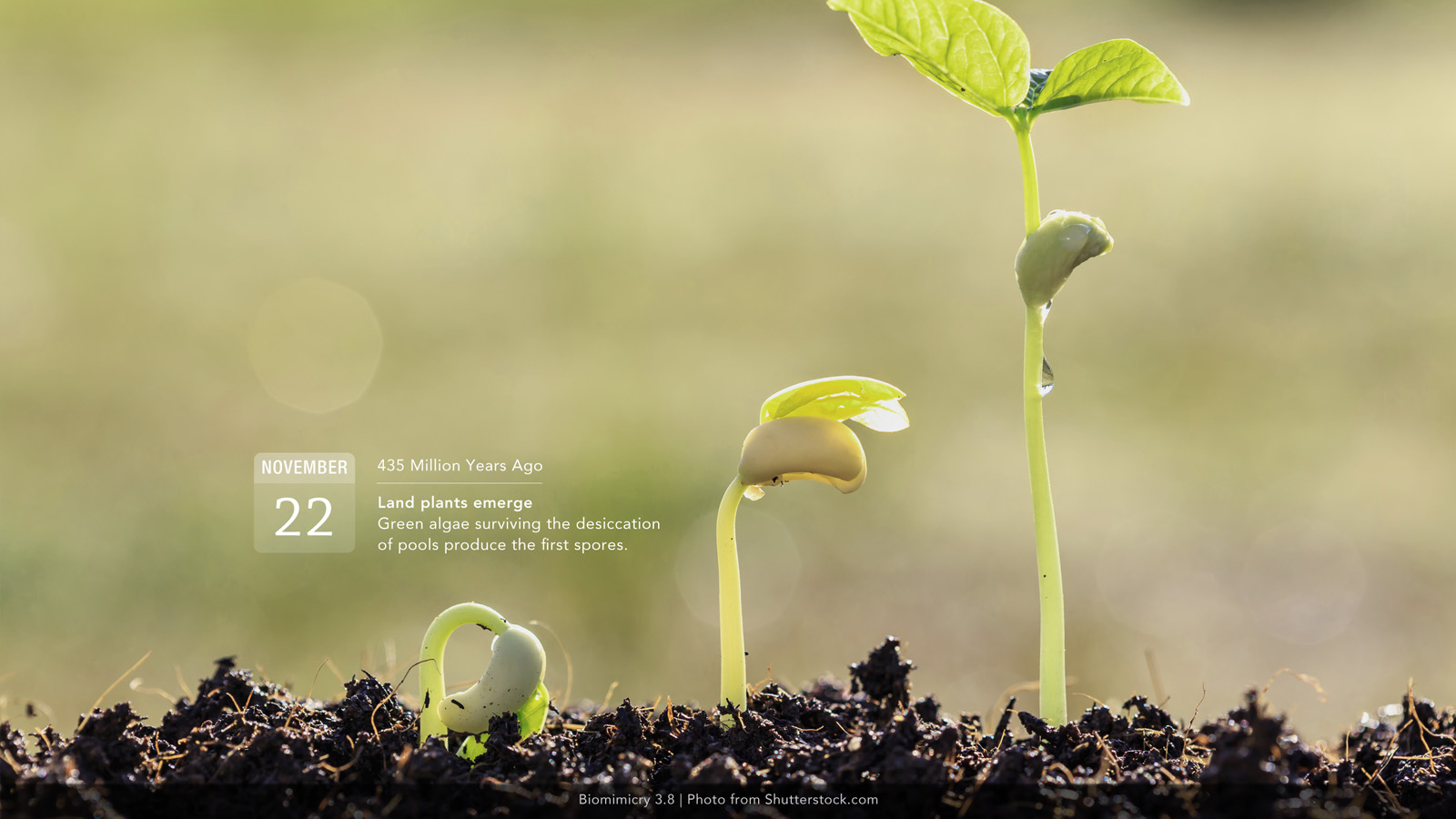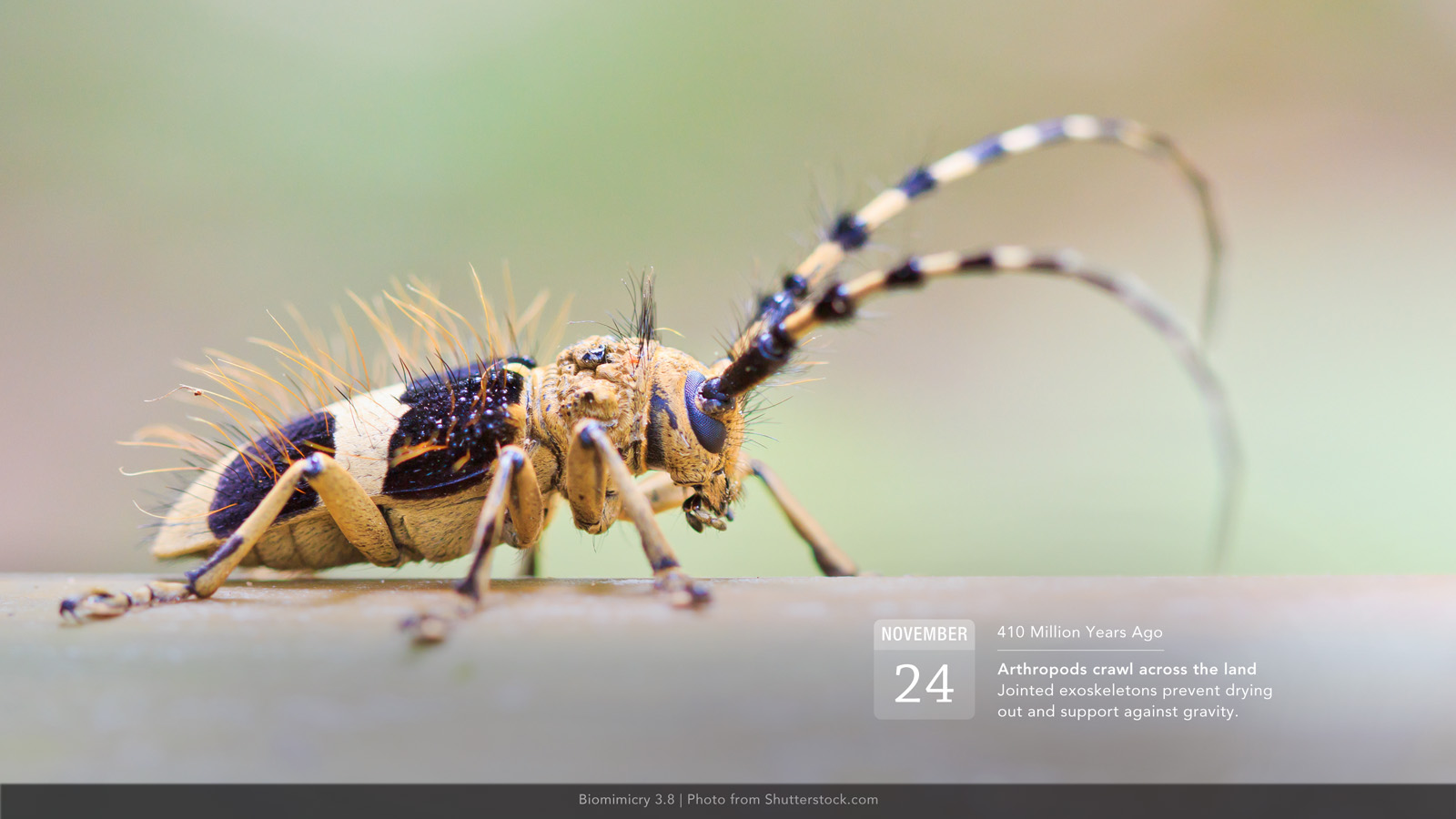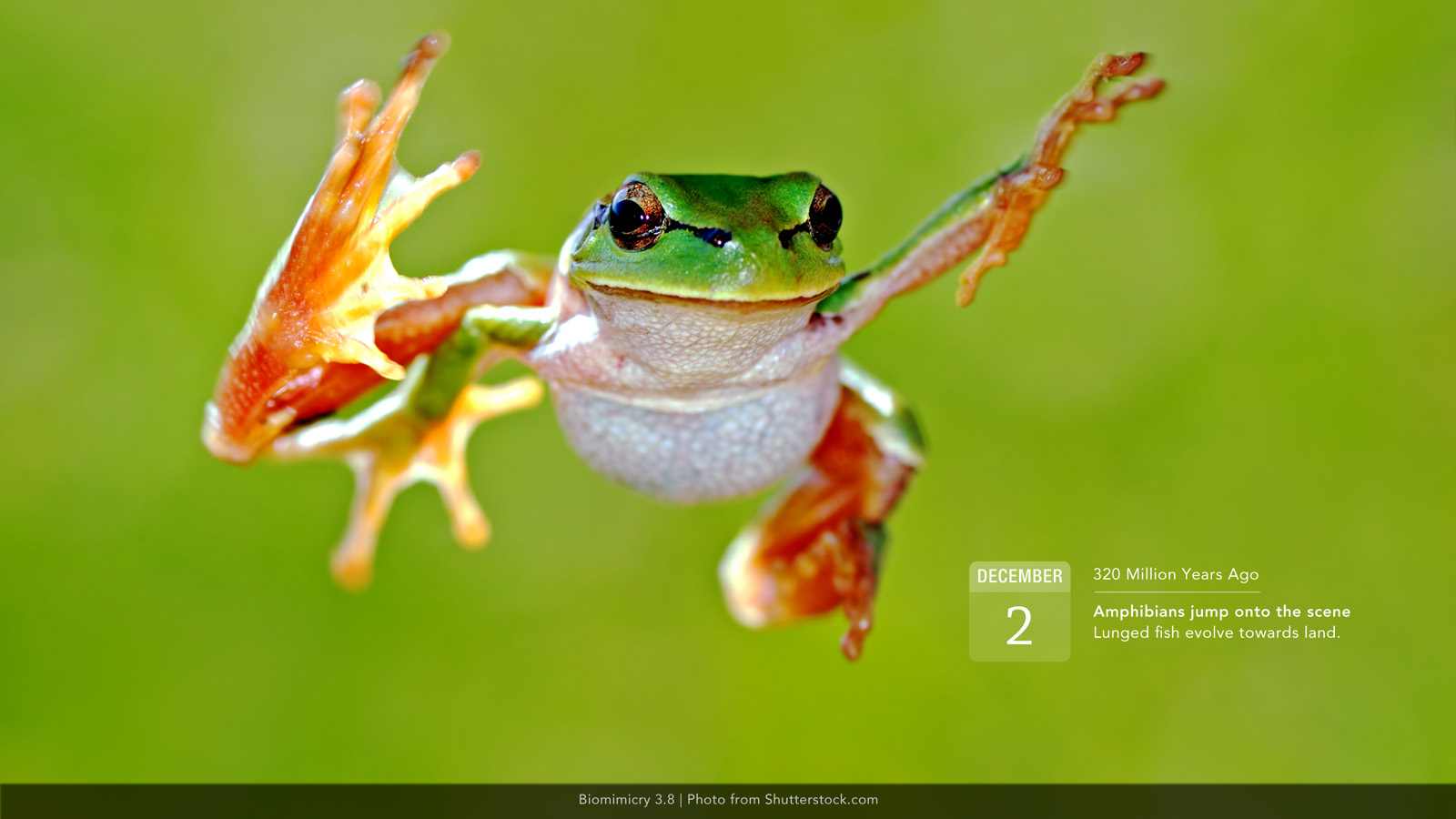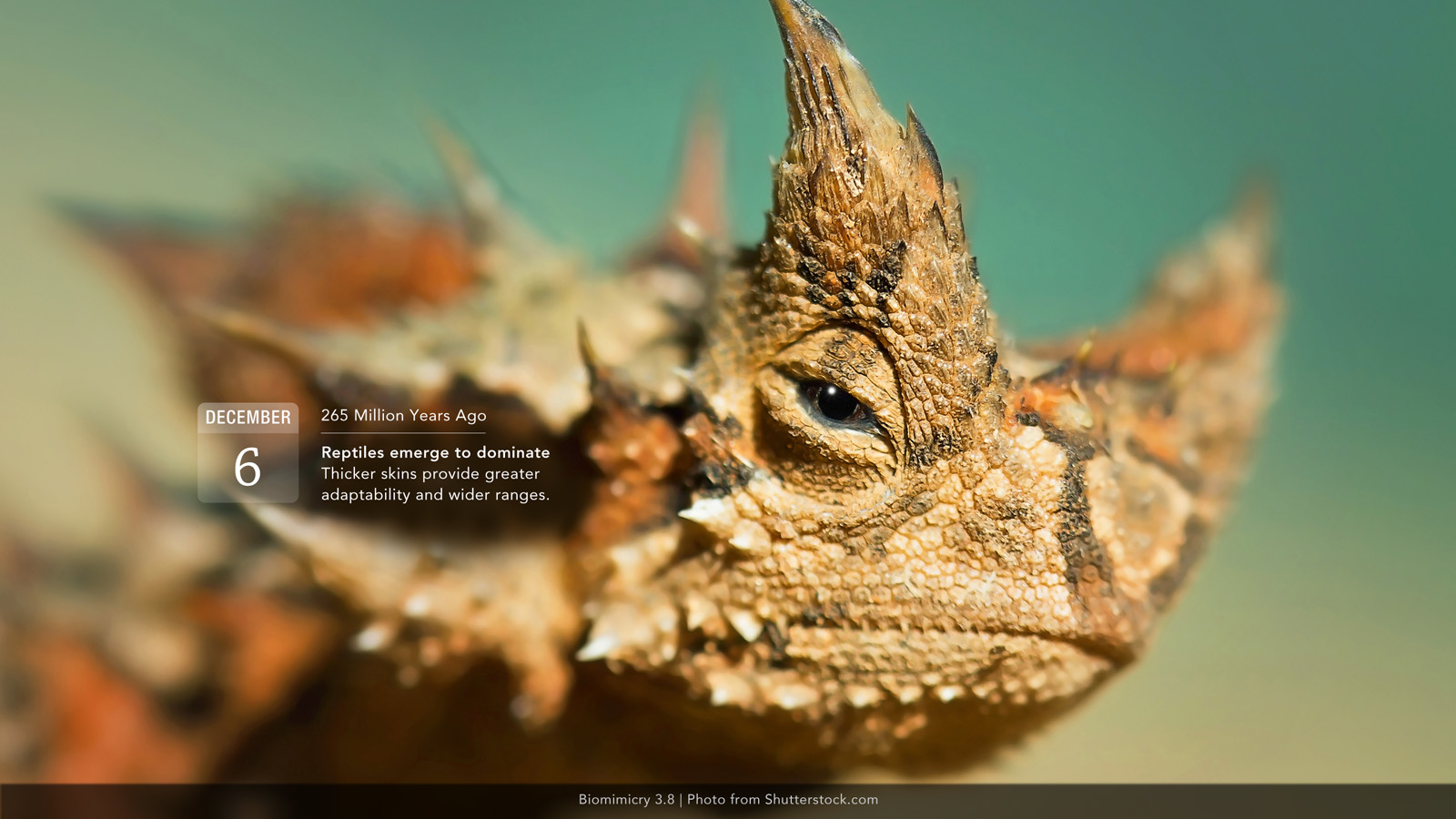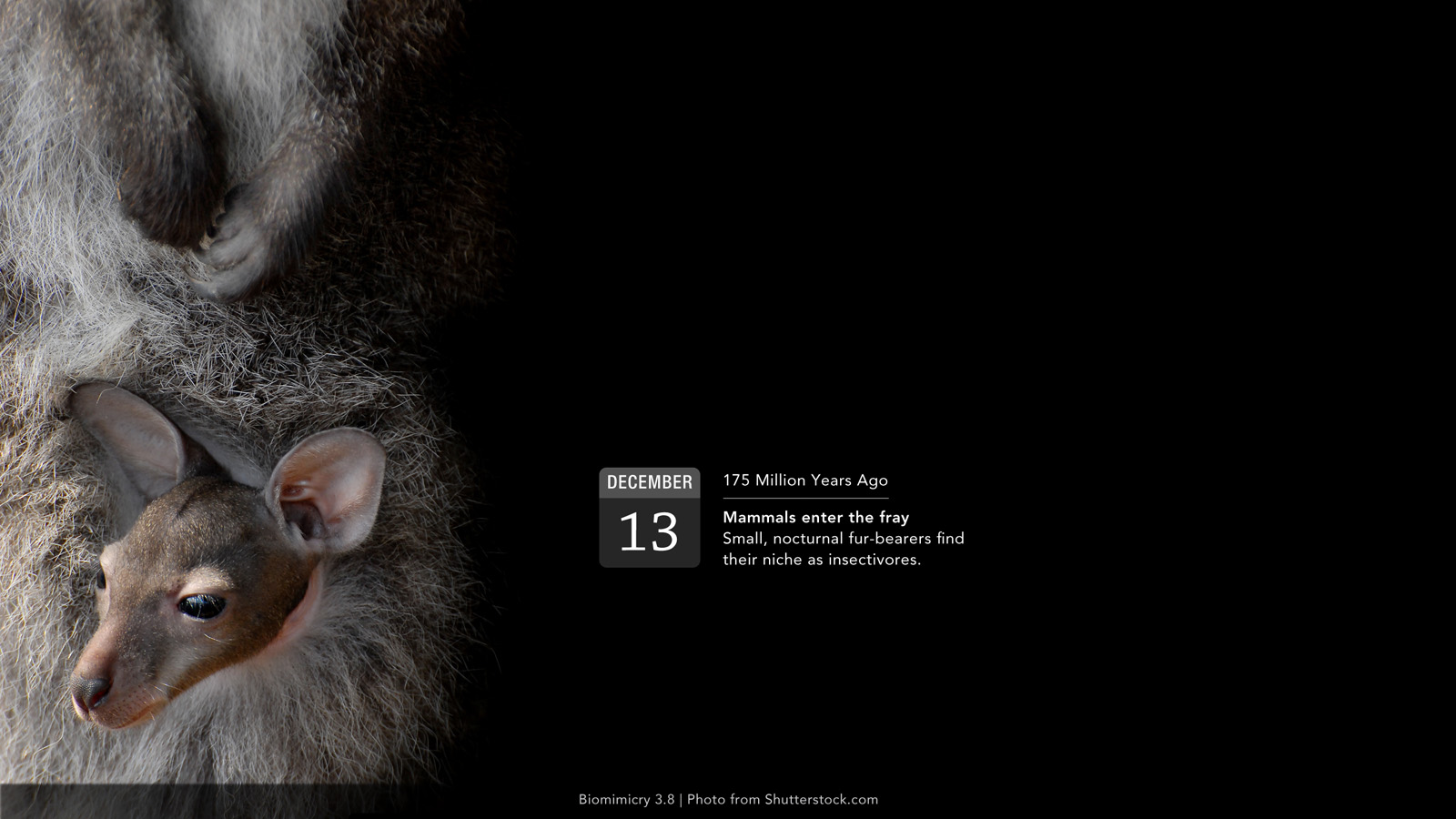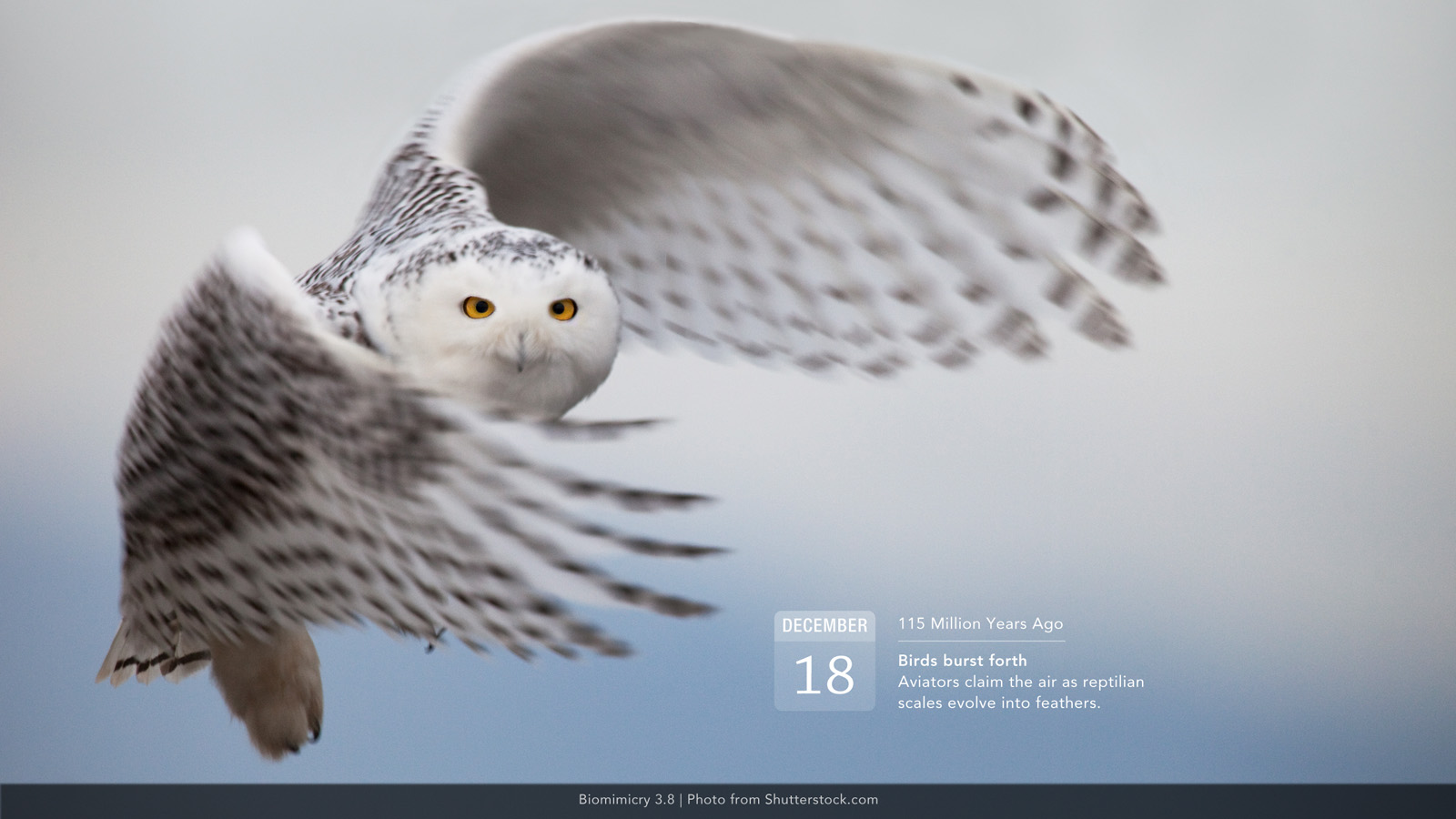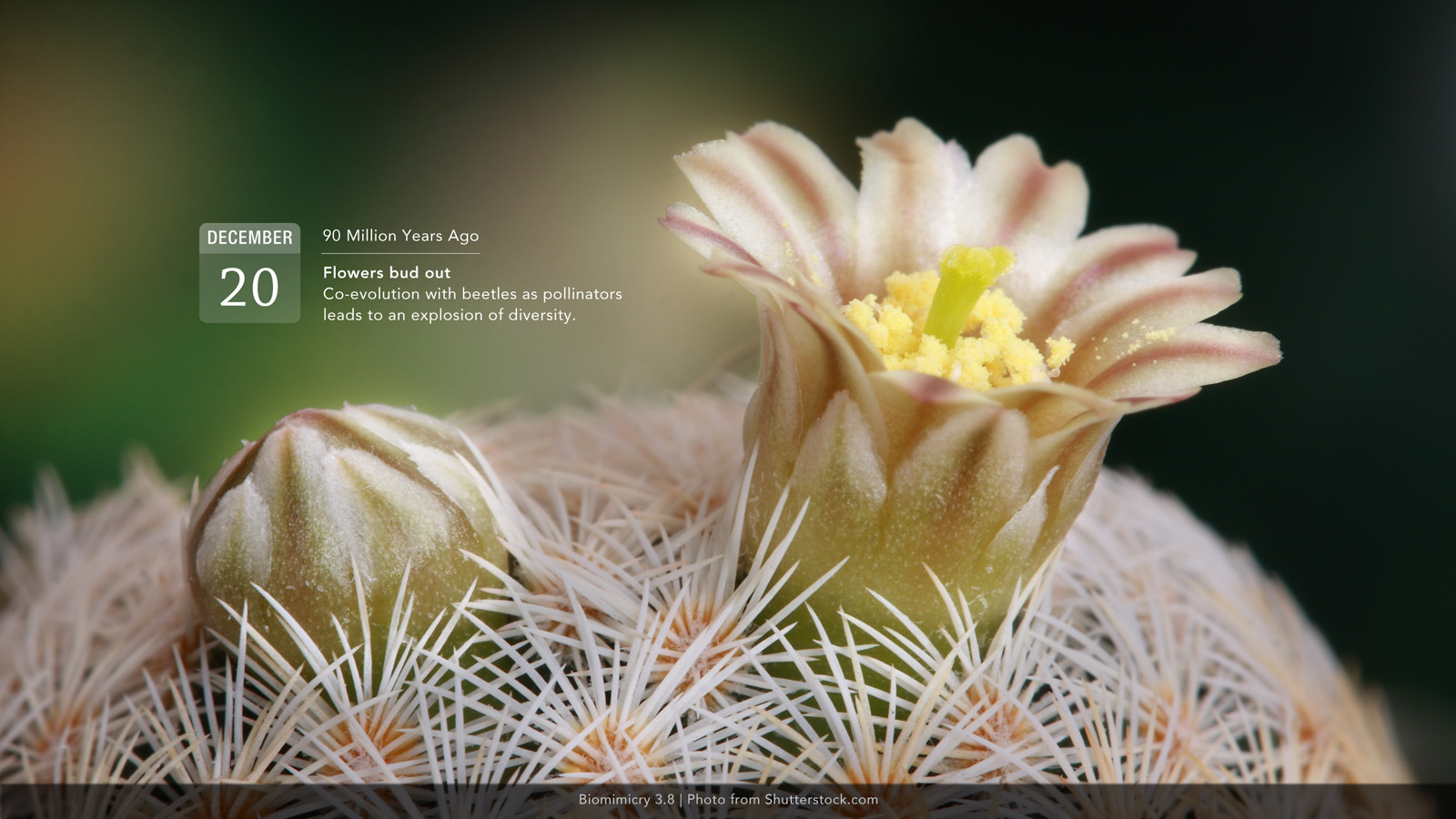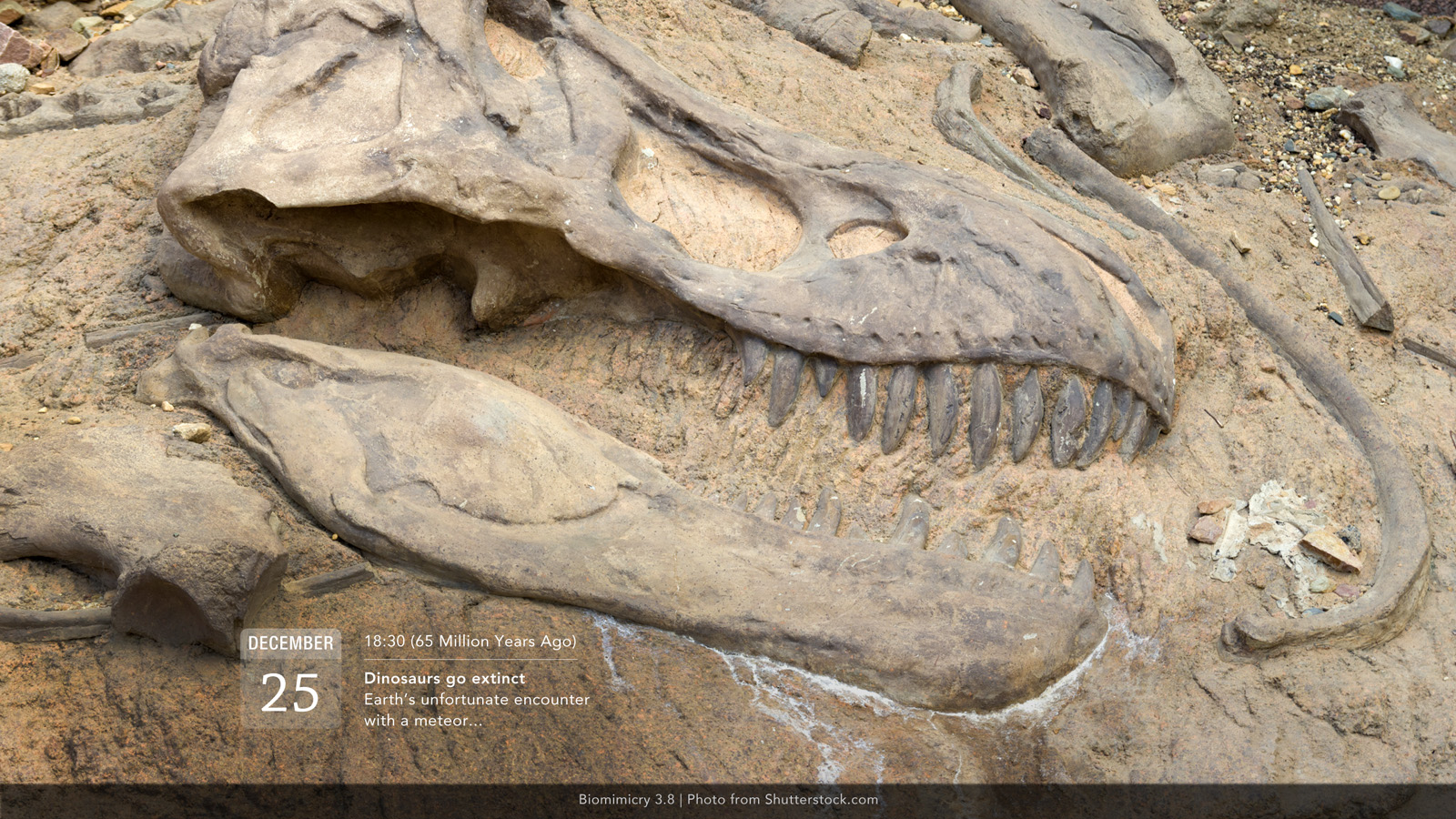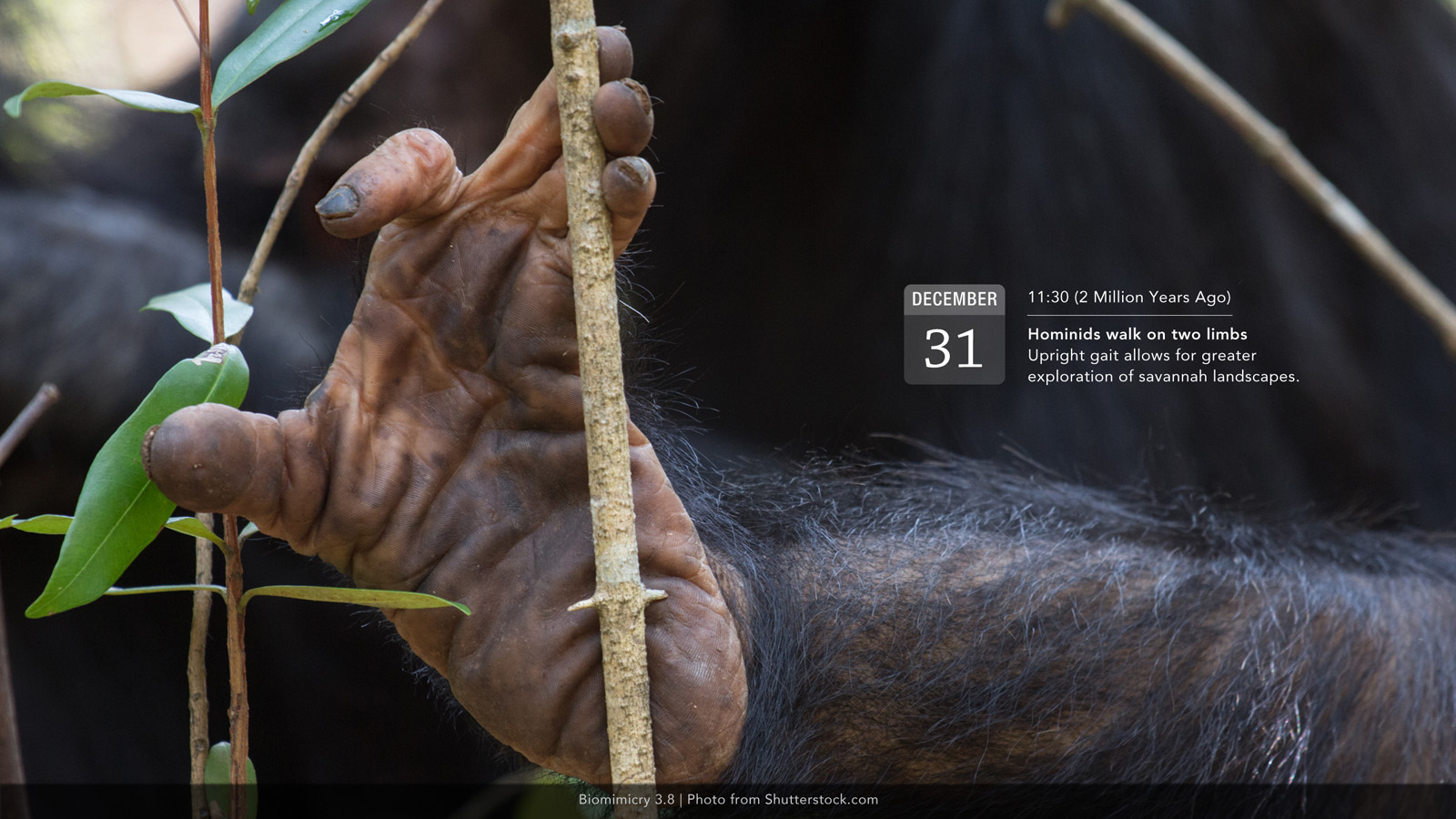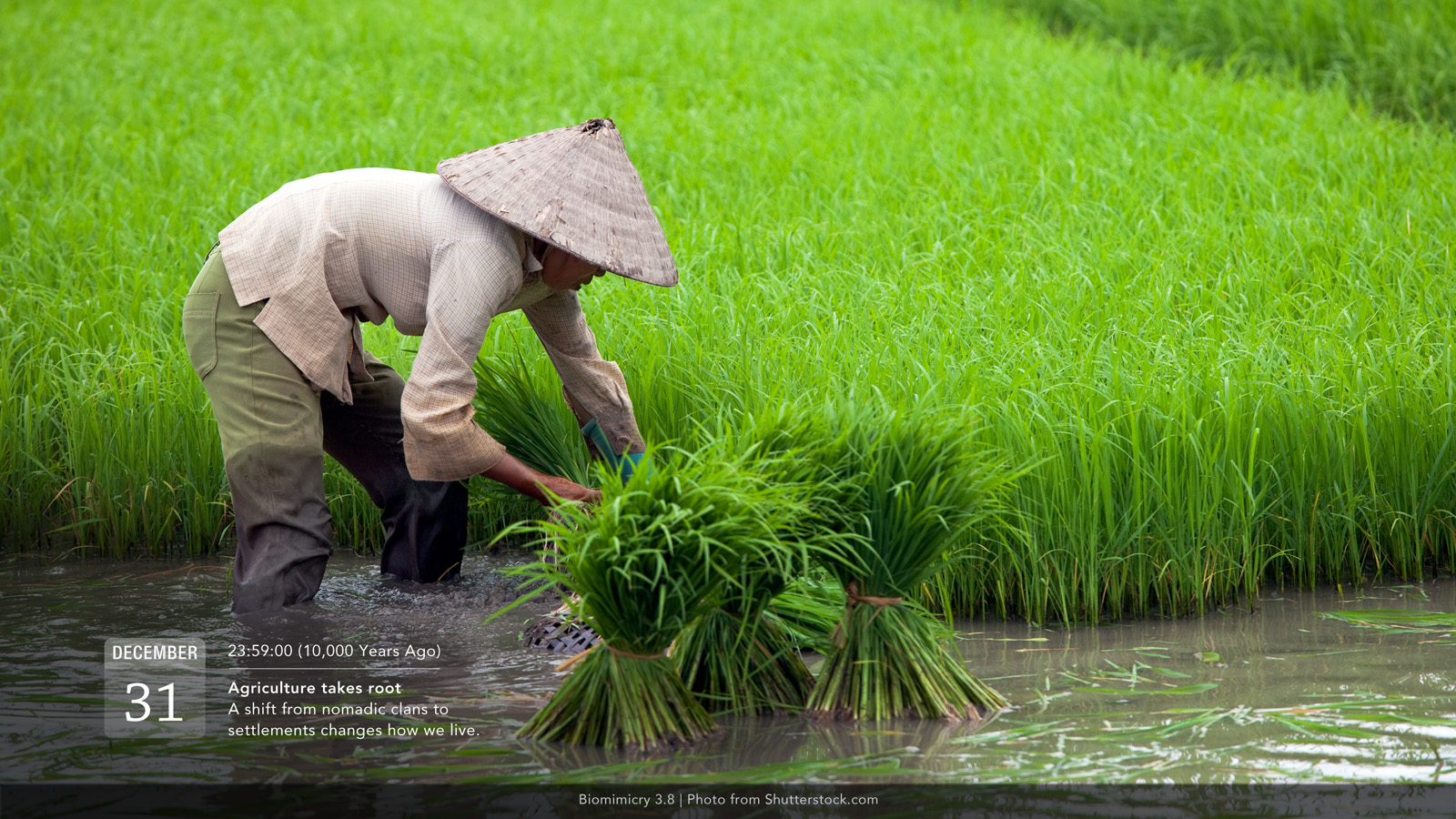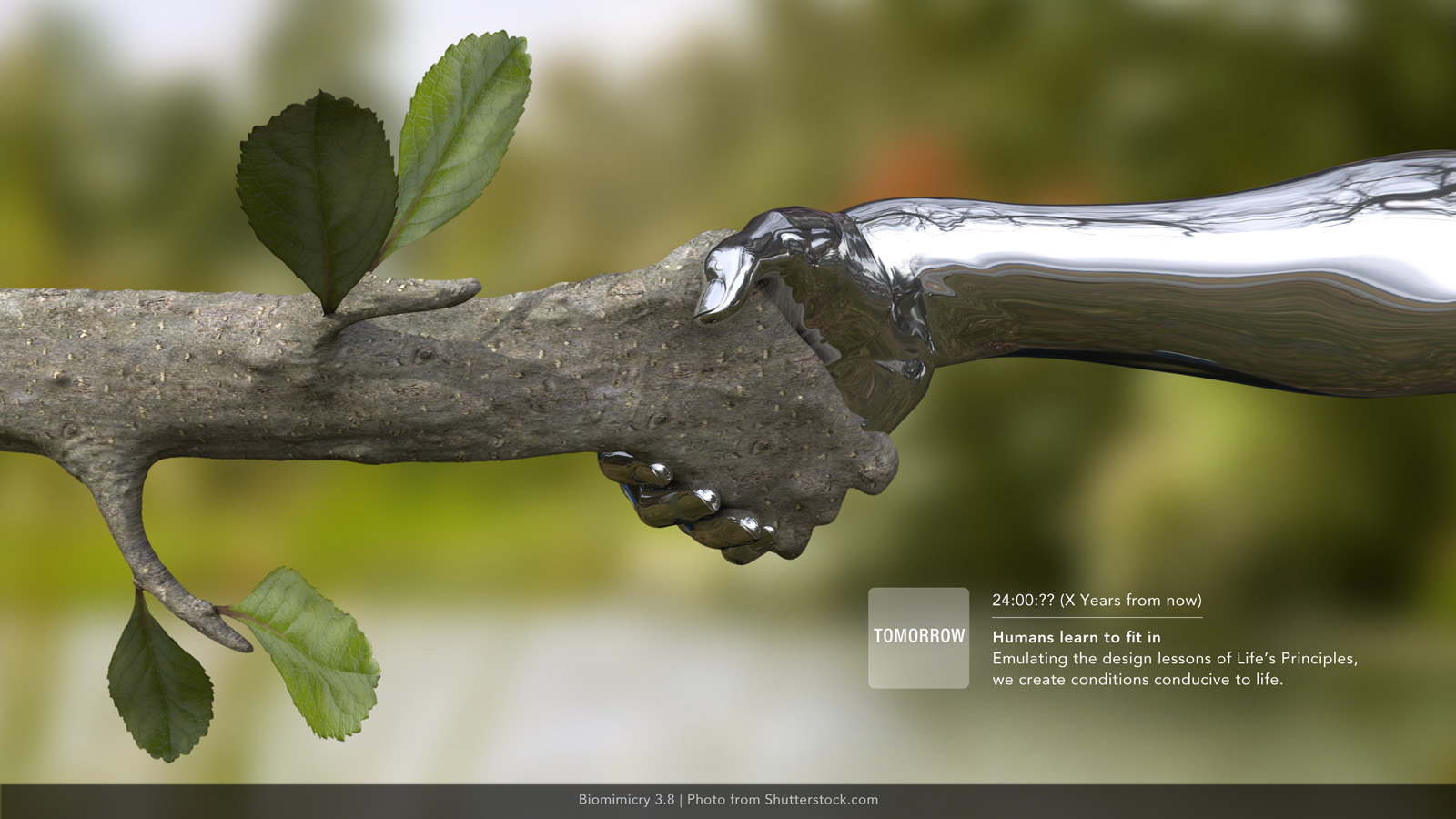Let's Celebrate Life's Birthday And 3.8B Years Of Wisdom
Life has an incredible amount to teach us about living well on planet Earth, in no small part due to the fact that it’s been thriving here for 3.85 billion years. But, how long is that really? Imagine that we put the age of the planet, 4.5 billion years, and compress it into just one calendar year so that we begin when the Earth was formed on January 1, just a moment after midnight, and end where we are standing here today, just a breath before midnight on December 31.
If we follow this calendar February 25 is the day life appears. That means it was 3.8 billion years ago this week that the first single-celled organism appeared. Since then, Life has been the ultimate innovator, creating conditions that are conducive, to well, Life.
Here's a look at the evolution of life compressed to a calendar year so that we can better grasp the time-tested wisdom of our fellow planet-mates:
celebrating life's milestones
Each year on February 25, we celebrate Life's Birthday. This year, you can celebrate Life and all the milestones throughout 2018 by printing this calendar or clicking below to add all the milestone dates to your Google calendar.
Why does this matter?
Where does innovation come from? What references do we draw from as examples of what's possible? How do we determine where the potential lies? Most creative problem solvers of the world will look to ideas and solutions developed since the industrial revolution: The last 250 years of design, engineering, manufacturing, doing business, etc. 250 years sounds like a long time...until you compare it to how long life has existed on the planet, which is 3.8 billion years.
Why does this matter? Because what has proven to work for nature after 3.8 billion years can work for us, too. The other 30-100 million species estimated to be on Earth face the same challenges on a functional level that humans face. What we see today in the natural world is the result of being positively selected through a rigorous process of evolution (nature's version of research & development). Strategies to survive and thrive exhibited by the species of the world were passed forward to the next generation because they work. Not only are the strategies effective, but they are done in a way that does not undermine the sustained possibility of Life on Earth.
There's a huge potential for positive impact if we start paying attention to that.
3.8 BILLION Years of SUSTAINABLE Innovation
In this keynote speech delivered by Biomimicry 3.8 Co-founder Dr. Dayna Baumeister the relevance of nature's strategies to human technologies is broken down by the evolutionary timeline. But not just any evolutionary timeline—one that is compressed into a single calendar year. With this new angle on the almost incomprehensible timeframe of 3.8 billion years of evolution, we can clearly see how young a species humans really are and how much "ideation and testing" was already well underway by the time we came on the scene.
Nature As A Model For Success
Life's Calendar Year plainly shows our age as a species relative to the much, much older forms of life on Earth. And it helps us see that our story is a tiny part of the Earth’s story. (The sun isn’t expected to burn out for another 5 billion years, so maybe now is Earth’s slightly premature “mid-life” crisis!).
There are 30-100 million other species on the planet today. Together, we represent less than 1 percent of all the species that have ever lived since Life first appeared on Earth 3.8 billion years ago. There’s no guarantee that we, or any of the other species around us, will remain. We are all subject to the laws of natural selection. But we are surrounded by success stories that we can consciously emulate. We’re surrounded by species that have adapted and evolved to create conditions conducive to future generations of their own species, and others.
Is the Earth here for us? Certainly not in the way we’ve used it to date. The Earth and its inhabitants are a repository of brilliant survival stories that are here for us to learn from. When we revise our story to one in which we see the Earth and it’s biodiversity as models and mentors for us, then, and only then, will we have the right motivation and the right perspective to fit in—to survive, and to thrive.
Celebrate Life's Birthday With Us!
Take our introductory self-paced online course and start building your foundation in the philosophy and practice of biomimicry.
50% of all proceeds through March 2018 will be donated to the Biomimicry Institute.


